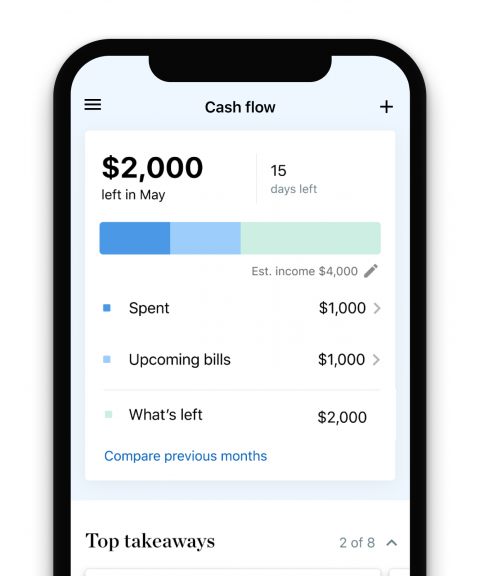Updated June 12, 2024, to reflect the most recent consumer price index data.
Food prices have always been volatile — especially so during the pandemic. Thanks to a combination of overall inflation, supply-chain disruptions and tariffs on certain foreign imports, food prices have risen 26% since the start of 2020.
Inflation has been slowing, and the latest food inflation data shows the average cost of groceries, at least, isn’t rising as fast as it once was, according to the consumer price index (CPI). In fact, grocery prices have largely moderated and several national retailers are touting summer discounts.
But, overall, food prices are still higher than last year, and they’re not coming down uniformly. The cost of eating out continues to climb and some grocery items, like beef, are more expensive than ever. The challenges that caused food prices to rise so steeply during the past few years won’t be totally resolved in 2024.
» MORE: How is the economy doing?
Why is food so expensive?
Food prices remain high because of the combined impact of inflation, rising labor costs and the war in Ukraine, among other events affecting the supply and transportation of food. Here’s how those factors are contributing to high food prices in 2024:
Food production costs are estimated to increase 3.8% in 2024, which is slower than they did in 2023, according to the U.S. Department of Agriculture.
» MORE: Why are eggs so expensive?
Labor costs are rising faster than inflation, but they’re also slowing down, according to the U.S. Bureau of Labor Statistics. This is a significant underlying factor because of the way higher wages and benefit costs ripple through the entire supply chain.
Ukraine’s food exports remain lower than pre-war levels but they’re increasing. Food exports from Ukraine, nicknamed “the breadbasket of Europe,” have historically accounted for 9% of the global wheat market and 12% of the corn market, according to the USDA’s Foreign Agricultural Service.
Other global crop supplies are estimated to increase in 2024, according to the USDA, which could bring prices down. But supplies of animal products like milk and eggs are estimated to decline this year.

Will food prices go down in 2024?
As a whole, food prices are expected to rise in 2024, albeit at a much slower pace than they did in 2023, according to the USDA Economic Research Service food price outlook released in January.
In fact, grocery prices could actually fall slightly in the coming year, the USDA, predicts, while the cost of dining out will probably rise at a rate similar to 2023’s increase of 5.2%.
The USDA relies on statistical modeling to forecast future food prices. It updates its annual outlook on a monthly basis.
How are food prices tracked?
Food prices are tracked by several federal agencies, including the Bureau of Labor Statistics and the Bureau of Economic analysis.
The Bureau of Labor Statistics tracks the CPI, which measures the change in average price that consumers pay for goods and services, including food. So the CPI is also a measure of inflation.
In the CPI, the cost of food is of high relative importance to the overall index, compared to the other tracked goods and services. Food costs make up 13.4% of the index, to be exact. Its importance is second only to shelter (34.73%). But food prices, like energy, also tend to be more volatile, and for that reason it is usually left out of the “core inflation” version of the index.
The Bureau of Economic Analysis measures the personal consumption expenditures price index. The PCE tracks how much consumers spend on goods and services, as well as how consumers change spending habits in response to price shifts. Food is considered a non-durable good in its analysis. Core PCE — the Federal Reserve’s preferred measure of inflation — also excludes food and energy.
The U.S. Department of Agriculture measures the cost of different food plans. These plans are adjusted each month, based on CPI data and average family income levels: thrifty or low, moderate and liberal. The Thrifty Food Plan is the basis for the Supplemental Nutrition Assistance Program, or SNAP.





